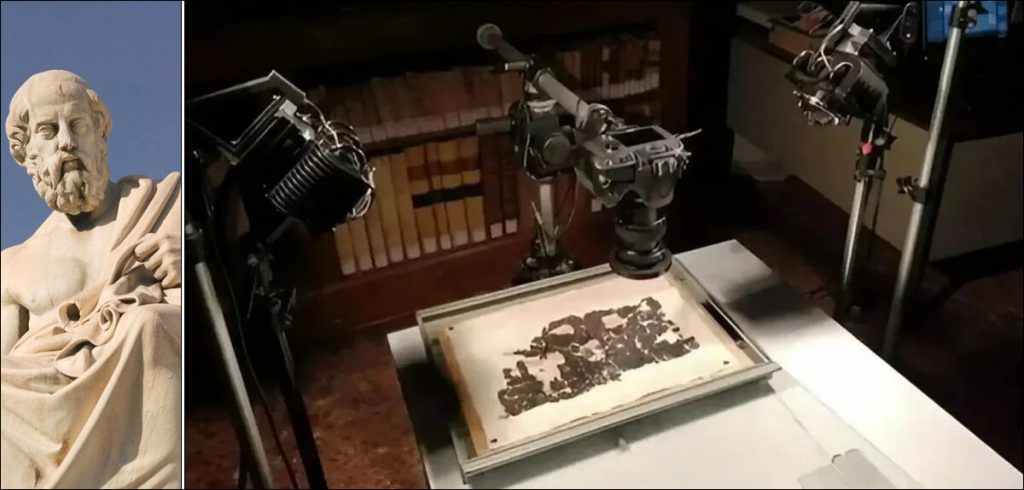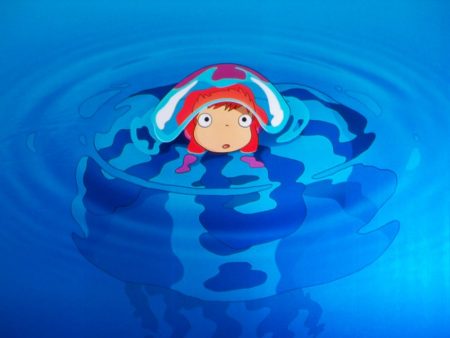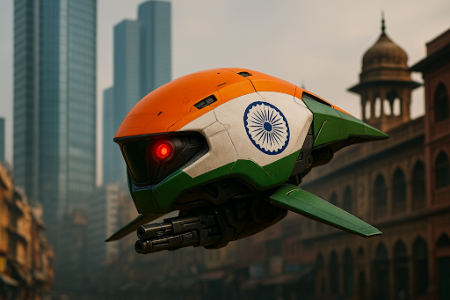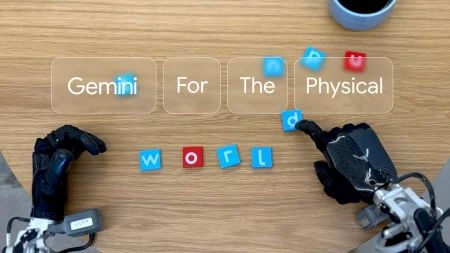Adarsh explains how artificial intelligence and other technological advancements are being used to translate scrolls that were previously considered impossible to read…
Thanks to modern cutting-edge technology, we now know – more than 2000 years later – about the burial place of the Greek philosopher Plato. Thanks to hyperspectral imaging and machine learning, scholars have conclusive evidence that Plato was buried in a secret garden inside the Platonic Academy of Athens.
These new methodologies have changed our understanding of ancient civilizations just like the original Renaissance did centuries ago. So much so that Dr Kilian Fleischer, a papyrologist who worked on The History of the Academy has hailed this success as a ‘second renaissance‘.
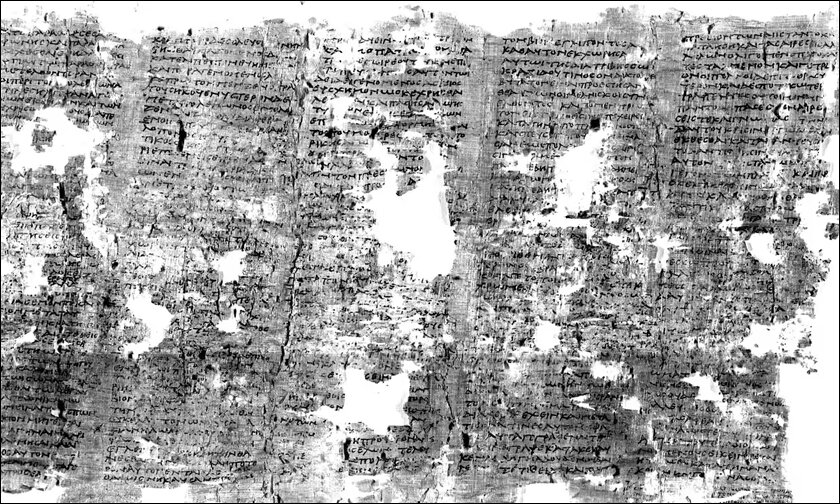
(Image Credit: National Research Institute)
What these Scrolls are
When Mount Vesuvius erupted in AD 79, along with the city of Pompeii, it also buried another ancient Roman town called Herculaneum under volcanic ash and pumice. Because Herculaneum was buried under a thicker layer of ash and pyroclastic material, it helped in preserving organic materials like wood and papyrus.
The scrolls lay buried for over 1700 years until they were discovered again in the 18th century. From 1752, excavations have been ongoing which led to the discovery of over 1800 scrolls in the Herculaneum Villa. Now called the Villa of the Papyri, it is believed to have belonged to the father-in-law of Julius Cesar and the villa is considered the ‘only large-scale library from the classical world that has survived in its entirety’ according to the National Endowment for the Humanities (NEH).
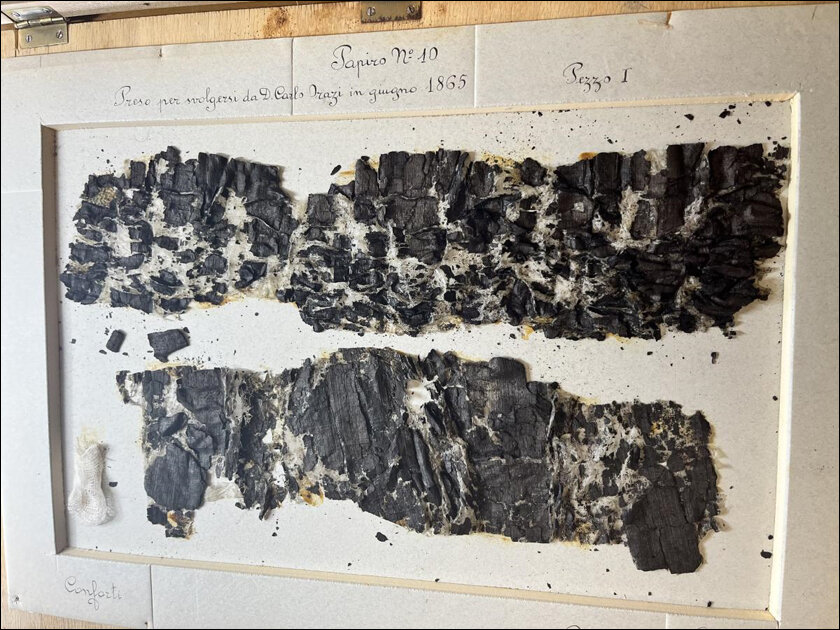
How the Scrolls were Translated
The project, called the Greek Schools project, is a five-year study using various technologies and methods to help decipher the fragile papyri. In 2021, the European Research Council awarded a grant worth $ 2.7 million in an attempt to read, restore and translate ancient and even lost languages with the help of cutting-edge technologies. With the use of modern tools and powered by artificial intelligence, scholars are starting to read what had long been considered unreadable.
By using hyperspectral imaging, the scroll fragments were illuminated with the help of infra-red rays which revealed letters that were invisible to the naked eye. This has allowed the scholars to reconstruct texts with greater accuracy.
Professor Graziano Ranocchia, project leader at the University of Pisa, used hyperspectral imaging to illuminate the scroll fragments with broadband infrared light. She says the process is like completing a crossword or playing a game of hangman. This is because it takes only a single letter to be confident of the answer.
Talking to The Guardian, Fleischer said: “It’s a wonderful feeling, this moment of reading something new and knowing this was information other researchers have wanted for decades or centuries. We are travelling back and seeing text which hasn’t been read for 2,000 years.”
With the help of CT scans, the scholars were able to make 3D images of the scrolls. They are able to examine the delicate papyrus without physically unrolling it by virtually unwrapping it with this technology. Machine learning algorithms were then used to identify the ink on the warped, blackened pages. These algorithms could decipher text by spotting these variations, even when the ink itself was not visible to the human eye.
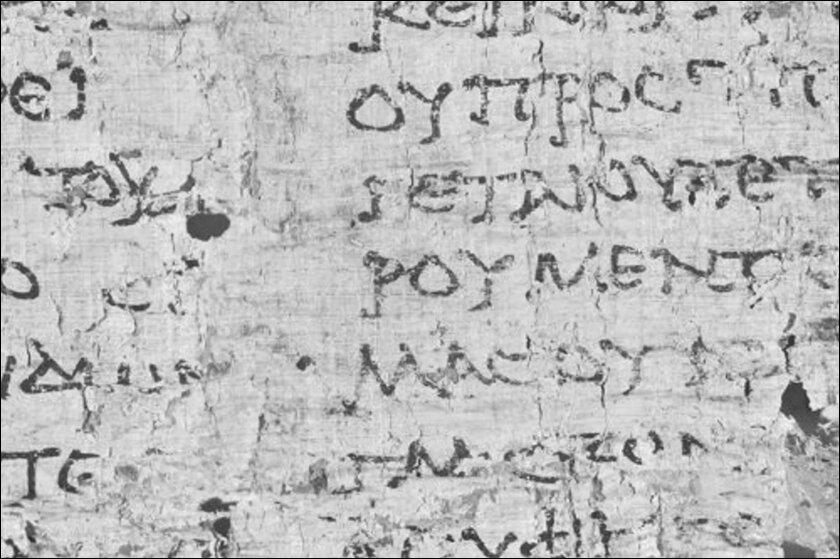
(Image Credit: National Research Institute)
The Last Word
What is even more exciting is that hundreds of these Herculaneum scrolls are still to be read. There are more that are believed to be still buried in the ancient city and yet to be found. As per the Times, lost plays by Sophocles and texts from Aristotle might still be found. With these advancements in technology, a lot of text that were written on the back of scrolls or on overlapping layers that got stuck together during unrolling will also be translated.
The successful implementation of modern technology to decipher these ancient texts can be hailed as a major breakthrough for historical research. The techniques developed can be applied on other historic artefacts like the Egyptian mummy wrappings and other damaged documents.
All in all, in the next few years, we might know more about our ancient history than ever before!
In case you missed:
- Param Rudra: Modi launches India’s Homegrown Supercomputing Powerhouse
- How AI is Revolutionizing Combat for Indian Defence Forces
- Heavenly Bytes: Is AI the new Medium to God?
- Presenting Claude, ChatGPT’s Competitor which is apparently Better!
- OpenAI is now Focussing on Superintelligence!
- 7 Online Scams to be Wary of in India
- India announces First Venus Mission set for 2028
- Talk to ChatGPT with new AI Glasses
- OpenAI finally unveils its Advanced Voice Assistant!
- India rises to 2nd Place in Global Smartphone Sales, 3rd in Market Value



